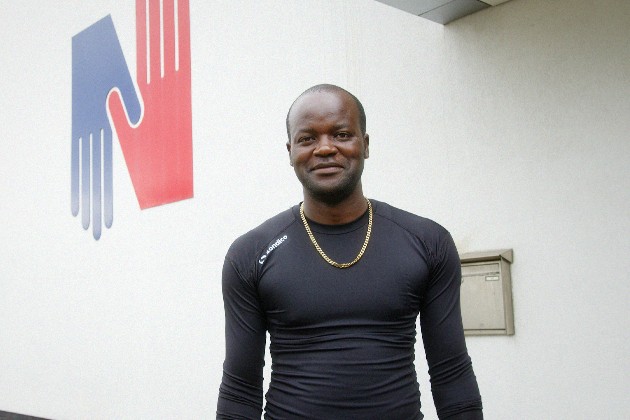News
Online talk: How a ‘forgotten’ hospital inspired a work of crime
On 5 September, we will be hosting an online talk with award-winning crime novelist, Julie Anderson. Julie will be talking about the fascinating nursing history behind her current crime novel, The Midnight Man.

Connect with us:
Here she tells us more about the historic hospital run by women for women, which inspired her new work of fiction:
When exiting Clapham South Underground station, you come face to face with a large, 1930s building. Now an apartment block above a supermarket, this was formerly the South London Hospital for Women and Children. For many years, I walked past the derelict site on my way to the tube, yet it was only when I began research for my latest crime thriller, ‘The Midnight Man’, that I learned about its history.
Founded by two pioneering women surgeons, Maud Chadburn and Eleanor Davis-Colley, the ‘South London’ or ‘SLH’ opened its doors in 1912 and provided health care and services to women, girls and boys up to the age of seven, for over seventy years. Maud and Eleanor were the first in a long line of remarkable women who worked there.
Both despaired at the lack of medical care for women by women at the time, as well as the limited opportunities for women in the medical profession, so they began raising funds for a women’s hospital. When it opened in 1912, the hospital operated from two large houses in Clapham. Four years later, Queen Mary opened an 80-bed hospital. By 1943, the SLH had 224 beds and was the largest hospital in the UK and, possibly, the world, staffed only by women.
It was only during the Second World War that the hospital admitted male patients, taking in casualties from the front and bombing raids. Male medics unable to fight were also able to work at the hospital. My book is set in the aftermath of the war, in 1946, as the hospital becomes exclusively female again. More widely, it was also a time that women, who had enjoyed new responsibilities and freedoms during wartime, were expected to return to a solely domestic sphere. From such tensions novels are made.
There was an acute shortage of nurses across London at that time, with many hospitals struggling to attract nursing staff.
The minutes of the Management Committee show that the South London Hospital never had that problem – doctors, nurses and midwives, all women, wanted to work there. I spoke to former employees of the hospital in the 1970s and 1980s, and they talked about the camaraderie and dedication of the workforce at all levels. I hope I have incorporated this spirit into the hospital as it appears in my book.
The original hospital trust deed enabled the SLH to continue as an exclusively female institution even after the introduction of the National Health Service and the Equalities Act. In the early 1980s, however, the local Health Authority decided that it should be closed on grounds of cost efficiency.
When its closure was announced in 1984, a petition to save the hospital raised thousands of signatures and a deputation to Downing Street. Women from all over the country came to demonstrate and when it was eventually closed, nurses occupied the building and stage a ‘work in’ offering health services to local people. A Facebook page called South London Women’s Hospital Occupation 1984-85, still celebrates those protests.
There are a few other memorials to the hospital. The Maud Chadburn Academic Clinical Lectureships, supports clinicians to work flexibly in academic medicine because of family or carer commitments. Until its refurbishment, the Royal College of Surgeons had a lecture theatre named after Eleanor Davis-Colley. Yet, to my knowledge, no biography of the hospital itself exists. Soon the memories of patients and those who worked there will disappear. In a small way, I hope that my novel, The Midnight Man, will preserve the memory of this unique and remarkable institution.
Julie Anderson is a CWA Dagger-listed crime fiction writer and author. Her latest The Midnight Man (Hobeck Books, April 2024) is available at all good book shops and online. It is the first in the Clapham Trilogy of mysteries, all set in South London in the 1940s.
Book you free place for Julie’s online talk, 18:00-19:00 on 5 September.












